
웹크롤링 with 파이썬
쌤즈(SSAMZ)
파이썬 기반의 웹 크롤링 기술을 습득하여, 웹 페이지로부터 데이터를 수집하고, 이를 바탕으로 업무에서 데이터 수집과 분석 능력을 향상시키기 위한 과정입니다.
Basic
Python, 웹 크롤링, Selenium
This course will enable even non-majors to develop and operate Spring MVC-based web applications.
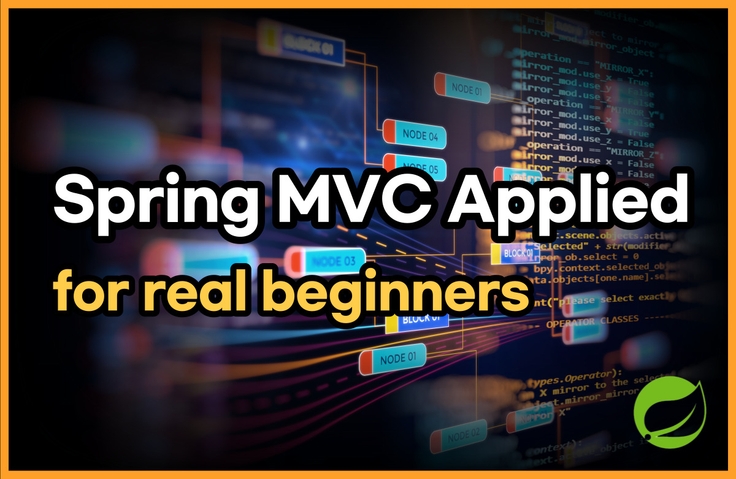

Understanding how web applications work
Understanding MVC Model2 Architecture
Understanding Spring MVC Components
Understanding Spring MVC structure and operating principles

Most IT companies you know develop programs using Spring directly or their own frameworks modified from Spring. Furthermore, public systems operated by the government also use the Spring-based e-government standard framework. Ultimately, without Spring, you can't carry out Java-based projects or operate Java-based systems.
In general, the Spring framework consists of four modules that you will learn sequentially:
- Spring IoC (Inversion Of Control)
- Spring AOP (Aspect Oriented Programming)
- Spring MVC (MoelView Controller)
- Spring ORM (Object Relation Mapping)
Among these, Spring MVC is a technology for implementing web applications using the MVC design pattern. However, because its architecture is so complex and its features are so extensive, accurately understanding and using Spring MVC can be challenging. This course provides detailed information on Spring MVC as well as a broad understanding of the web in general.
The Spring Framework is not only conceptually challenging, but its content is also complex and extensive. Therefore, learning Spring is incredibly challenging for non-specialists. The terminology and explanations used by specialists are completely useless to non-specialists.
It's not easy for new developers to get involved in actual development, and even asking questions of other developers can be challenging. Even when they do ask questions, the answers they receive tend to be limited to formulaic coding patterns or API explanations, rather than concepts or principles. Understanding the concepts, principles, and terminology will help you adapt to the work more easily and quickly.
When problems arise during operation, framework-based systems can be difficult to identify. This is because programs rely on the architecture and features provided by the framework. Therefore, understanding Spring's architecture is essential to troubleshooting operational issues.

Typically, when developing programs, we frequently use only about 10-20% of the APIs. For example, when developing a web application, HttpServletRequest provides around 40 methods, but we only actually use about 3-5 of them. So, why invest time and effort in learning syntax and methods we won't even use?
This course focuses on learning only the Spring MVC concepts and syntax used in actual projects, thereby increasing efficiency.
The fragmented examples written while learning grammar and APIs are easily forgotten over time because they lack any connection to one another. Furthermore, it's difficult to understand how the APIs are applied in real-world projects, making the learning process incredibly frustrating. So, while you might have a general understanding of the material during lectures, when you try to build something yourself later, you'll be at a loss as to where to begin.
This course focuses on practical application of grammar and APIs, rather than simply explaining general grammar and APIs. As you progress through the course, you'll naturally develop a bulletin board program based on Spring MVC, and all the functions you develop are interconnected.
Programming skills are typically learned from senior developers or expert instructors who have previously studied the technology. However, these senior developers and expert instructors often use their own commonly used terminology and expressions when explaining, making it difficult for non-experts or beginners to understand.
This course explains Spring MVC from the perspective of a non-technical user, as closely as possible. The practical examples are also based on a bulletin board program that anyone can understand. I pride myself on incorporating my extensive experience in training non-technical students into professional developers into this course.
You can set up a development environment for web applications.
You can manage Spring-based web application libraries.
You can develop and operate business components based on Spring IoC.
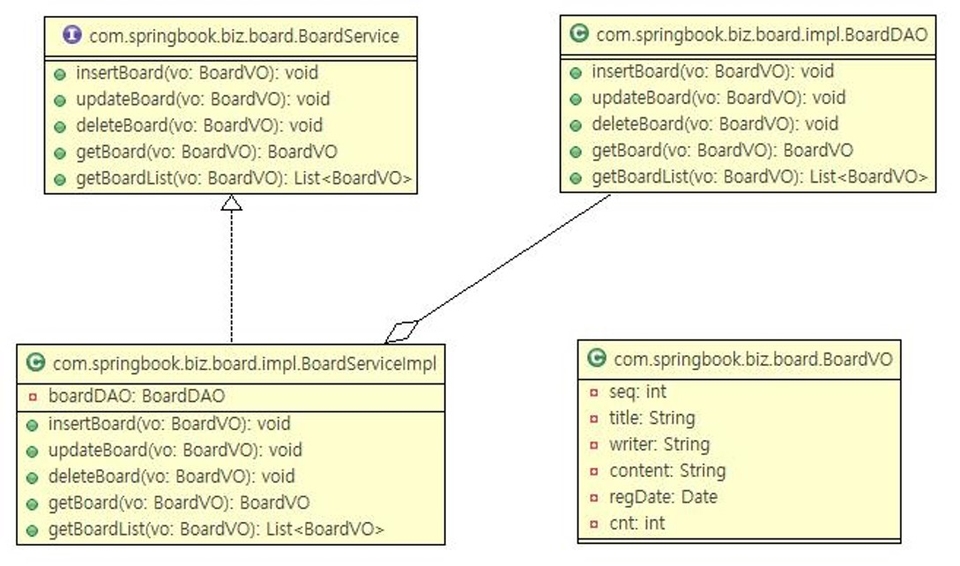
Business component structure
You can understand the structure and features of the Spring MVC module.
You can develop a bulletin board program with CRUD functionality by applying the Spring MVC module.
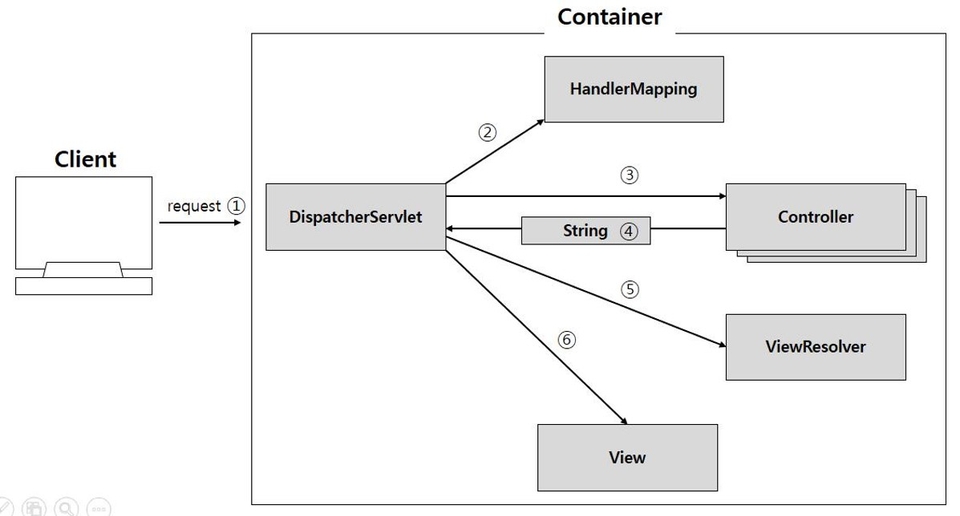
Spring MVC architecture
You can understand the various annotations provided by Spring MVC and apply them to the bulletin board program.
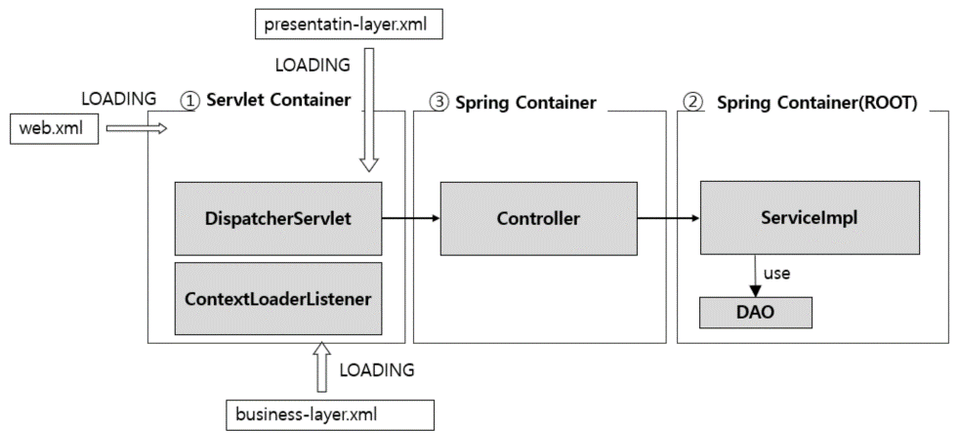
Container relationships
Understand the functions of various annotations related to sessions and apply them to bulletin board programs.
You can understand and apply various functions such as file upload, exception screen, multilingual, JSON conversion, etc. to bulletin board program.
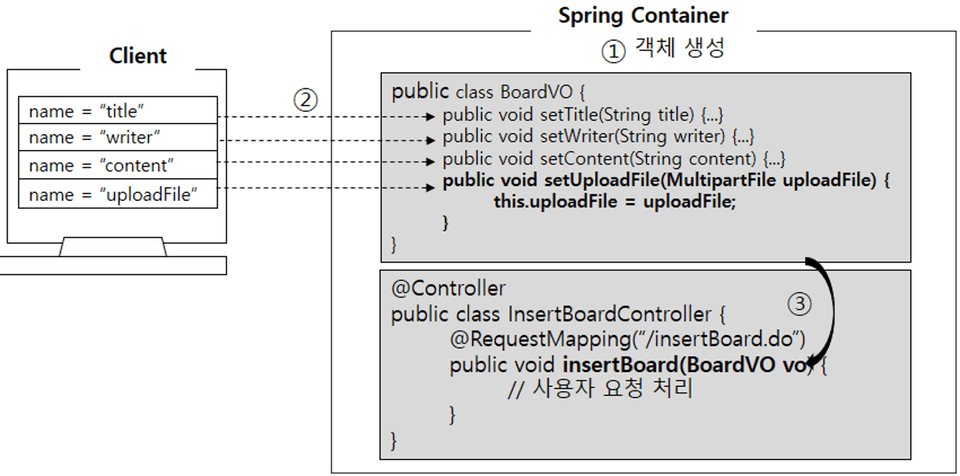
File upload principle
Operating System and Version (OS): Windows
Tools used: Tomcat (10.1), Eclipse (4.28),
JDK (Java17:LTS),
H2(2.2.222)
In the first lecture, you can download the PPT materials needed for the lecture.
You can download the completed project source code from the last lecture.
To take this course, you must have basic knowledge of Java Programming and the JDBC API.
Please be careful when using the PPT provided with the lecture, as it is copyrighted.
Who is this course right for?
Non-major graduates seeking employment as Java-based backend developers
A humanities/social sciences student who wants to become a Java-based backend developer
New employees who need to develop or operate Spring-based systems
Beginner developer who has completed learning Java programming
Need to know before starting?
Java Programming Language
SQL Basics (Understanding Basic CRUD Queries)
JDBC-based DB connection processing
HTML-based screen creation
Servlet & JSP Programming
1,356
Learners
117
Reviews
13
Answers
4.9
Rating
21
Courses

IT 기업 교육 현장에서 20년 넘게 다양한 학습자들과 호흡하며 IT 관련 교육을 진행한 분야별 최고의 쌤들(SSAMZ)이 모여서 설립한 회사입니다.
쌤즈는 온라인 강의뿐만 아니라 기업 맞춤형 대면 교육을 통한 코칭, 멘토링을 제공하여 소프트웨어 전문가를 꿈꾸는 학생에서부터 현업 개발자, 엔지니어들을 양성하는데 힘쓰고 있습니다.

좋은 강의는 강사의 전문성 + 지식 컨텐츠 + 전달 능력에 의해 결정됩니다. 쌤즈는 최고 경력의 전문 강사들의 고품질 컨텐츠를 바탕으로 수강생 눈높이에서 이해하기 쉽도록 전달하는 교육을 지향합니다.
교육 문의 : admin@ssamz.com
All
42 lectures ∙ (5hr 47min)
Course Materials:
$51.70
Check out other courses by the instructor!
Explore other courses in the same field!